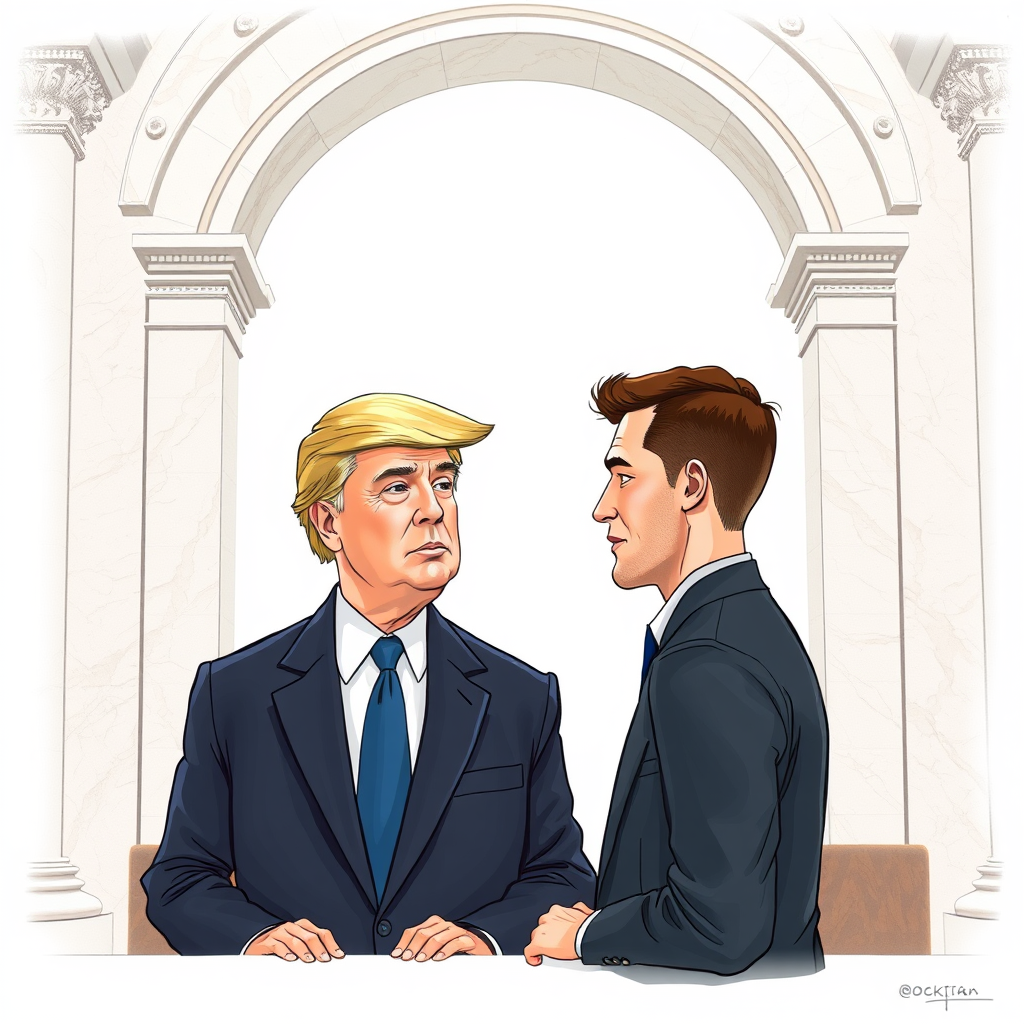Trump, Zelensky Meet at Pope’s Funeral

Former President Donald Trump attended the funeral of Pope Francis at St. Peter’s Basilica in Vatican City on Saturday, April 26, alongside numerous other world leaders. The Pope, who passed away on April 21 at the age of 88 following health complications, was mourned by dignitaries and the public alike. Notably, Trump used the occasion for a brief, private meeting with Ukrainian President Volodymyr Zelensky.
The encounter, their first in person since a contentious Oval Office meeting in February regarding the ongoing conflict in Ukraine, lasted approximately 15 minutes. According to White House communications director Steven Cheung, the discussion was “productive.” Zelensky’s spokesperson, Serhii Nykyforov, confirmed the meeting’s duration. A photograph shared by Zelensky’s office via social media depicted the two leaders engaged in conversation within a marbled room.
This meeting arrives shortly after a rare public criticism from Trump directed at Russian President Vladimir Putin. In a post on his social media platform, Truth Social, Trump condemned recent Russian strikes on Kyiv, urging Putin to “STOP!” and calling for a peace deal. This stance represents a shift, given Trump’s historically amicable relationship with the Russian leader.
Zelensky received a warm reception from the public as he entered St. Peter’s Basilica, receiving applause from those gathered to pay their respects to the Pope. The Ukrainian President has enjoyed consistent support from international leaders since Russia’s invasion in 2022.
The context of this meeting is crucial. Trump, during a recent interview with TIME, asserted his unique ability to negotiate an end to the war in Ukraine, claiming a “very probable” chance of success if he were re-elected. He expressed skepticism that any other leader could achieve a similar outcome.
While Trump’s attendance at the funeral was a display of respect for the late Pope, the simultaneous meeting with Zelensky feels strategically timed. It allows Trump to project an image of engagement with a key ally while subtly signaling a potential shift in his approach to the Ukraine conflict. Whether this represents a genuine change in policy or simply a calculated move remains to be seen, but the encounter undoubtedly adds another layer of complexity to the ongoing geopolitical landscape. The fact that this meeting occurred at the funeral, a solemn occasion for mourning, feels somewhat opportunistic, though perhaps unavoidable given the convergence of world leaders. It underscores the persistent intersection of diplomacy and tragedy, even in moments of global grief.